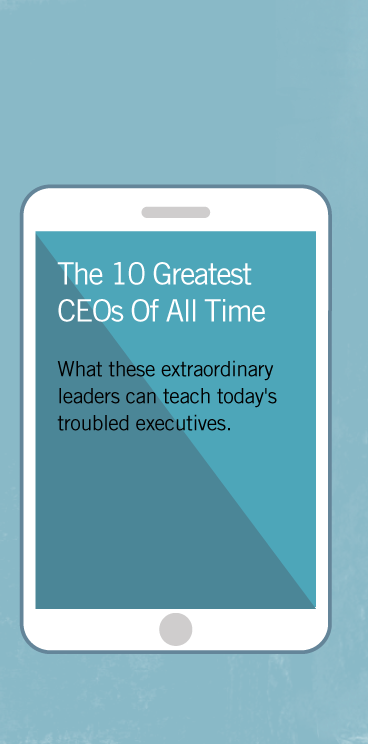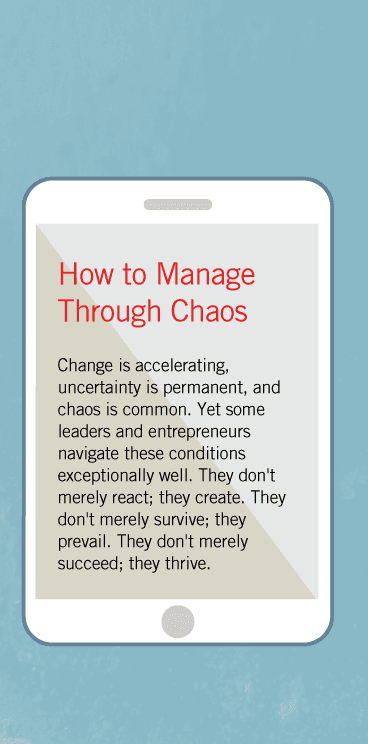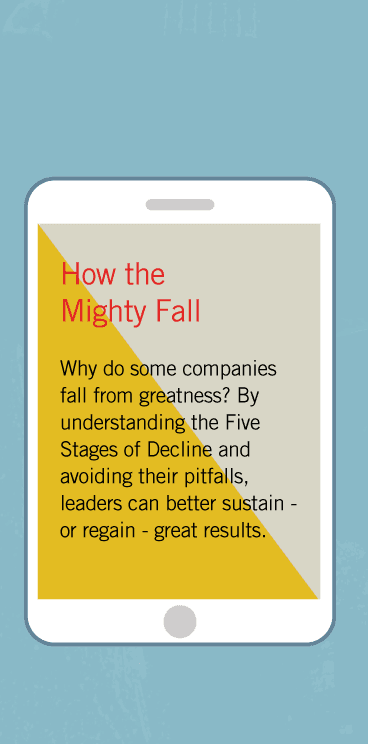Hedgehog Concept in the Social Sectors
Social sector leaders found the Hedgehog Concept helpful, but many rebelled against the third circle, the economic engine. I found this puzzling. Sure, making money is not the point, but you still need to have an economic engine to fulfill your mission.
Then I had a conversation with John Morgan, a pastor with more than 30 years of experience in congregational work, then serving as a minister of a church in Reading, Pennsylvania. “We’re a congregation of misfits,” said Morgan, “and I found the idea of a unifying Hedgehog Concept to be very helpful. We’re passionate about trying to rebuild this community, and we can be the best in our region at creating a generation of transformational leaders that reflects the full diversity of the community. That is our Hedgehog Concept.”
And what about the economic engine?
“Oh, we had to change that circle,” he said. “It just doesn’t make sense in a church.”
“How can it not make sense,” I pressed. “Don’t you need to fund your work?”
“Well, there are two problems. First, we face a cultural problem of talking about money in a religious setting, coming from a tradition that says love of money is the root of all evil.”
“But money is also the root of paying the light and phone bills,” I said.
“True,” said Morgan, “but you’ve got to keep in mind the deep discomfort of talking explicitly about money in some church settings.
And second, we rely upon much more than money to keep this place going. How do we get enough resources of all types—not just money to pay the bills, but also time, emotional commitment, hands, hearts, and minds?”
Morgan put his finger on a fundamental difference between the business and social sectors. The third circle of the Hedgehog Concept shifts from being an economic engine to a resource engine. The critical question is not “How much money do we make?” but “How can we develop a sustainable resource engine to deliver superior performance relative to our mission?”






